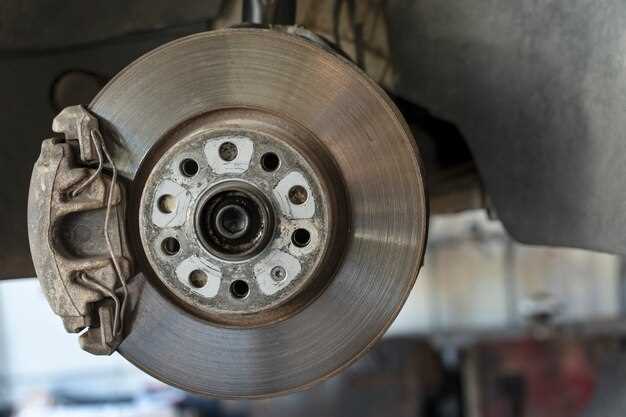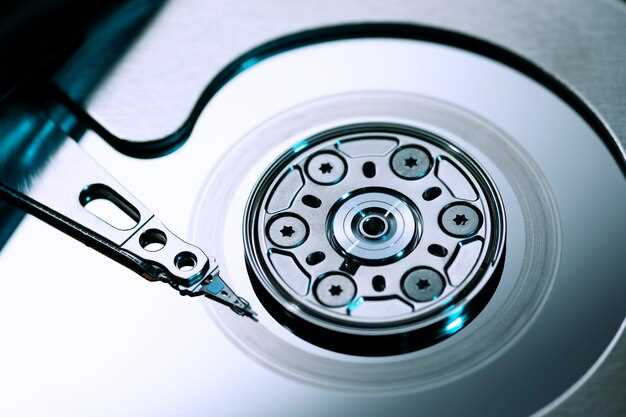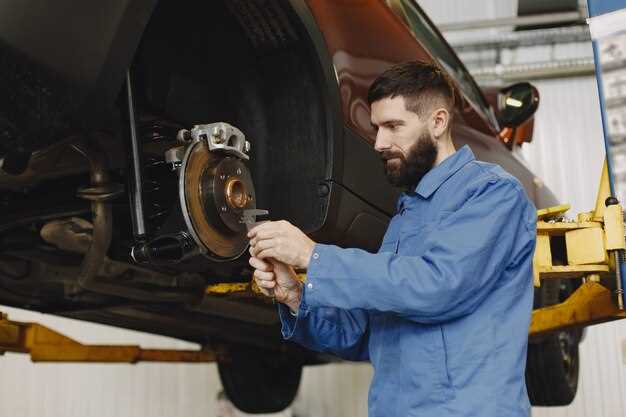
The control arms of a Mercedes vehicle play a crucial role in the suspension system, providing stability and allowing for smooth handling. Over time, the bushings that connect the control arms to the chassis can wear out, leading to issues such as excessive noise, vibrations, and poor vehicle handling. Replacing these bushings is essential for maintaining the vehicle’s performance and safety.
In this comprehensive guide, we will walk you through the process of replacing bushings in Mercedes control arms. We will cover the necessary tools, the step-by-step procedure, and tips to ensure a successful replacement. Whether you are a seasoned mechanic or a DIY enthusiast, this guide will equip you with the knowledge needed to tackle the job with confidence.
Understanding the signs of worn bushings is the first step in maintaining your Mercedes. Common symptoms include a loose steering feel, uneven tire wear, and noticeable clunking noises when driving over bumps. Addressing these issues promptly will not only enhance your driving experience but also prolong the life of your vehicle. Let’s delve into the details of this essential maintenance task.
Identifying the Signs of Worn Control Arm Bushings
Worn control arm bushings can significantly impact the handling and safety of your Mercedes. Detecting the signs early can prevent further damage and costly repairs. Here are the key indicators to be aware of.
One of the most common signs of worn bushings is increased noise during driving. You may hear clunking, rattling, or squeaking sounds, especially when navigating over bumps or during sharp turns. These noises indicate that the bushings are no longer effectively cushioning the control arms.
Another symptom is excessive vibration felt through the steering wheel or chassis. If the bushings are worn, they may not properly isolate the vibrations generated by the road. This can lead to a less comfortable driving experience and can also affect vehicle control.
Look for changes in tire wear patterns as well. Uneven or abnormal tire wear, such as cupping or premature wear on one side, can indicate that the alignment is off due to worn bushings. This not only affects the lifespan of your tires but can also compromise safety.
Pay attention to your vehicle’s handling characteristics. If you notice increased play in the steering or a lack of responsiveness when turning, this can suggest that the control arm bushings are failing. The car might feel loose or unstable, making it harder to maintain control during maneuvers.
Finally, if you experience issues with alignment despite regular adjustments, this may point to underlying problems with the bushings. If they are deteriorating, they can compromise the alignment settings, leading to frequent misalignment and further handling issues.
Conduct regular inspections and address any of these signs promptly to ensure optimal performance and safety of your Mercedes.
Step-by-Step Procedure for Removing and Installing Bushings

Begin by securely lifting the vehicle using a jack and placing it on jack stands to ensure stability. Remove the wheel on the side where you will be working to gain access to the control arm.
Using a socket set, loosen and remove the bolts that attach the control arm to the vehicle’s chassis and strut assembly. Make sure to keep track of all hardware for reinstallation.
Once the control arm is free, gently pull it away from the vehicle. Inspect the area for any signs of wear or damage before proceeding with bushing removal.
To remove the old bushings, you will need a press tool or a bushing removal tool. Position the control arm securely in the press to avoid any movement. Carefully apply pressure to the old bushing until it is fully expelled from the control arm.
If the bushing is stubborn, inspect for any retaining clips or features that may need to be disengaged prior to removal. Clean the inside of the control arm bore with a wire brush to remove any debris or corrosion.
Now, prepare the new bushings for installation. Lubricate the outer surface of the new bushing with appropriate rubber lubricant to facilitate installation. Position the bushing into the control arm bore.
Using the press tool, carefully push the new bushing into place until it is seated properly within the control arm. Ensure that the bushing is aligned correctly according to the manufacturer’s specifications.
With the new bushing installed, reattach the control arm to the chassis using the previously removed bolts. Torque each bolt to the manufacturer’s specified torque settings to ensure proper installation.
Reinstall the wheel and lower the vehicle back to the ground. Finally, double-check all connections and fittings to ensure that the installation was completed correctly before taking the vehicle for a test drive.
Choosing the Right Replacement Bushings for Your Mercedes Model

When it comes to replacing bushings in your Mercedes control arms, selecting the right type is crucial for maintaining optimal performance and handling. Different models may have specific requirements; thus, understanding these needs will help you make an informed decision.
1. Identify Your Model and Year: Start by gathering information about your specific Mercedes model and its production year. This data will ensure that you select bushings that are compatible with your vehicle’s suspension system.
2. Material Considerations: Bushings are commonly made from rubber, polyurethane, or a combination of both. Rubber bushings provide a quieter operation and are more compliant, making them suitable for daily driving. On the other hand, polyurethane bushings offer greater durability and better handling characteristics, making them ideal for performance-focused applications.
3. Original Equipment Manufacturer (OEM) vs Aftermarket: Decide whether you want to use OEM parts or aftermarket options. OEM bushings are designed specifically for your vehicle, ensuring perfect fit and longevity. Aftermarket parts may offer enhanced performance characteristics but could vary in quality. Always research brands and customer reviews when considering aftermarket options.
4. Compression and Damping: The design of the bushing plays a significant role in vehicle handling. Ensure that the bushings you choose provide the appropriate level of compression and damping for your driving style. High-performance models often require stiffer bushings to enhance responsiveness.
5. Installation Requirements: Consider whether you will be installing the bushings yourself or hiring a professional. Some bushings may require specialized tools for installation, affecting your decision based on your budget and skill level.
6. Warranty and Return Policy: When purchasing replacement bushings, check if they come with a warranty or return policy. This can protect your investment should the parts not meet your expectations or fit correctly.
By carefully considering these factors, you can ensure that the replacement bushings you choose will enhance the performance, comfort, and longevity of your Mercedes vehicle.




